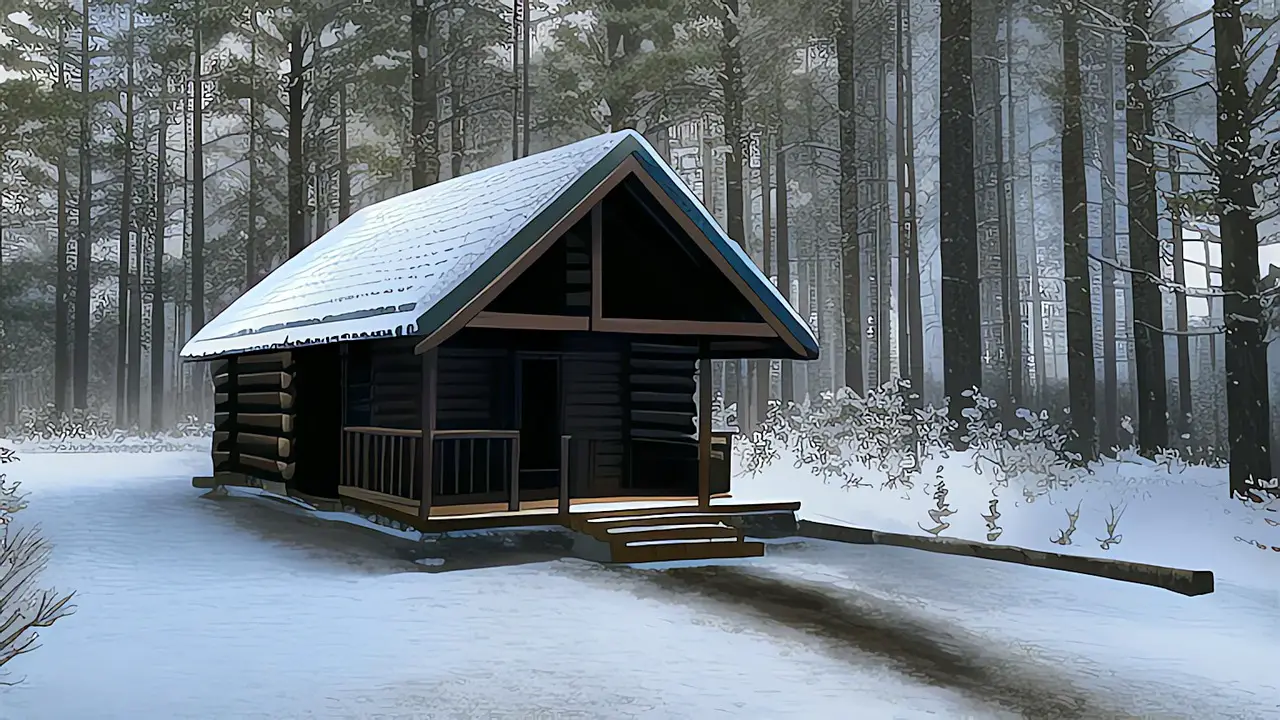Back to the Source
In a world full of overstimulation and stress, more and more people long for authentic ways of inner reflection and purification. The Sweat Lodge Ceremony, also known as the Inipi Ceremony, offers a powerful, contemporary access to ancient wisdom. This traditional practice of the Indigenous peoples of North America is far more than just physical cleansing – it is a sacred ritual of transformation.
What Is a Sweat Lodge? Structure and Symbolism
A sweat lodge is a dome-shaped structure made of willow branches or other flexible woods, covered with blankets, tarps, or animal hides. Its round shape symbolizes the womb of the Earth, into which participants enter to be cleansed and reborn.
The central element is the fire pit in the middle, into which heated stones are placed. These “grandfather stones” carry the energy of fire and earth into the ceremony. The four elements – earth (stones), fire (heat source), water (poured onto the stones), and air (breath) – are united in perfect balance.
The Spiritual Meaning of Purification
In Indigenous cultures, spiritual purification is not seen as a luxury but as a necessity. Negative energies, emotional blockages, and spiritual pollution are viewed as causes of illness and imbalance. The sweat lodge provides a sacred space to:
- Heal old emotional wounds
- Release negative thought patterns
- Sweat out physical toxins
- Deepen connection to one’s own spirituality
- Gain clarity and life direction
Process of a Traditional Sweat Lodge Ceremony
Preparation and Respect
Preparation often begins days before the actual ceremony. Participants may fast, prepare prayer bundles, and approach the ritual with a respectful attitude. The ceremony leader (often an elder or experienced practitioner) guides every step with prayers and songs.
The Four Doors
A typical ceremony consists of four rounds, called “doors”:
- The First Door: Cleansing and arrival in the present moment
- The Second Door: Prayers and communication with the spiritual world
- The Third Door: Healing and transformation
- The Fourth Door: Integration and gratitude
In each round, new hot stones are placed in the pit, water is poured over them, and specific prayers are spoken.
Modern Applications and Cultural Respect
While sweat lodge ceremonies are now practiced worldwide, respectful handling of this traditional practice is essential. Many Indigenous communities emphasize the importance of not misunderstanding these rituals as mere wellness activities, but of honoring their deep cultural and spiritual significance.
In Modern Contexts, Sweat Lodges Are Often Part of:
- Trauma healing processes
- Addiction therapies
- Stress management programs
- Personal development seminars
always with an awareness of their cultural roots.
Scientific Perspectives on the Benefits
Research confirms many of the traditionally known benefits:
- Detoxification: Sweating eliminates heavy metals and toxins
- Stress reduction: Heat exposure activates the parasympathetic nervous system
- Immune strengthening: Alternating between heat and cooling trains the immune system
- Mental health: Rituals can support healing from depression and anxiety
Contraindications and Safety Notes
Despite its many benefits, the sweat lodge is not suitable for everyone. People with:
- Cardiovascular diseases
- Severe mental health conditions
- Acute infections
- Pregnancy
should seek medical advice before participating. Experienced guidance is indispensable.
Conclusion: A Bridge Between Tradition and Modernity
The sweat lodge ceremony offers a profound path back to our roots and to ourselves. In an increasingly alienated world, this ancient practice creates space for genuine connection – with our inner wisdom, with community, and with the natural world.
Further Resources:
- National Museum of the American Indian: Cultural contexts of traditional rituals
- Indigenous Wellness Research Institute: Scientific studies on traditional healing methods
- Cultural Survival Organization: Guidelines for culturally respectful practice

